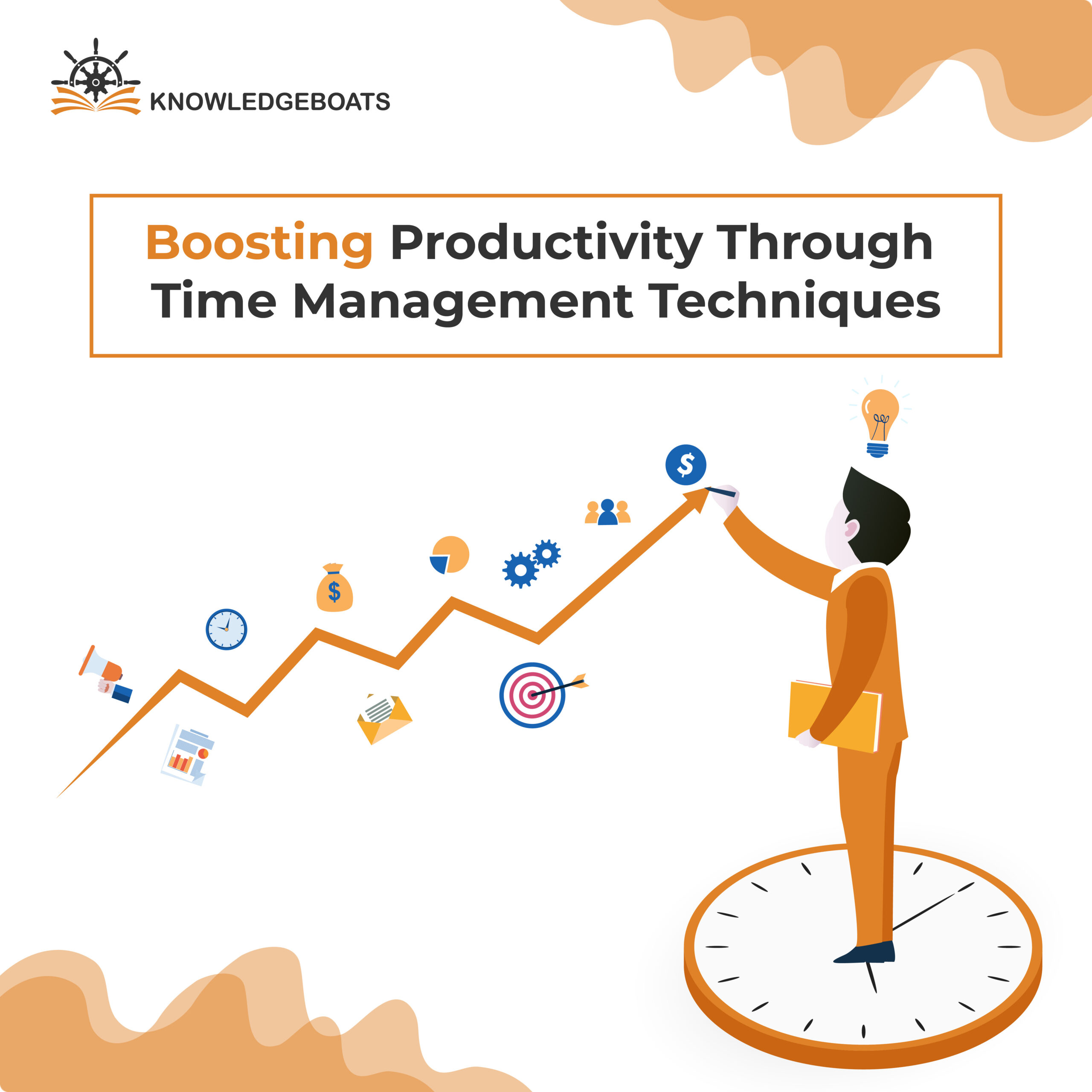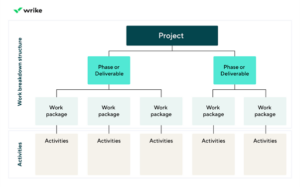
Is your never-ending to-do list making it difficult for you to keep up with your hectic schedule? Do you frequently find yourself hurrying through assignments, experiencing stress, and finding it hard to focus?
If so, you’re not alone.
The hectic pace of contemporary life can frequently leave us feeling anxious and overburdened, making it difficult for us to efficiently manage our time.
Developing your time management abilities will result in better outcomes and less stress at work and at home, whether your goal is getting a promotion, meeting deadlines simultaneously, or working on a side project. Regardless of your position or degree of seniority, using ways to better prioritize tasks and minimize procrastination can assist to enhance performance and productivity.
Why Time Management Techniques are Crucial To Boost Productivity?
Optimizes your Performance
You’ll have a better understanding of what you need to do and how long each activity should take when you learn to set out time in your day for all of your important activities. Following a timetable will probably result in you spending more time on critical tasks. With time management, you may avoid time-consuming distractions and concentrate on the important tasks in hand.
Ensures Timely Delivery
Assigning a particular block of time to each item on your list is an essential part of time management. Using time management, many people give themselves extra days to finish a project or do it ahead of schedule to account for unforeseen difficulties. You can consistently meet your deadlines and plan ahead to allot a sufficient amount of time for doing your tasks.
Improves Efficiency
Effective time management will increase your focus and enable you to get more work done in a shorter time span. For instance, you can complete a few quick activities in the fifteen minutes you have before a meeting, rather than attempting to work on a massive project. Save the more cerebrally demanding jobs for when you have a longer window of free time. You’ll be able to accomplish more in less time by working more productively.
A Guide to Boost Productivity through Time Management Techniques
Leverage the 1-3-5 Rule
A quick and easy way to prioritize your to-do list and make sure you don’t miss anything is to use the 1-3-5 rule.
This is how it works:
- Decide which work is most important & needs to completed today. This can be an important meeting or project that needs a lot of attention.
- Choose additional three assignments that will help you reach your daily targets.
- Pick five more manageable tasks, like answering calls or sending emails. While important, these kinds of tasks don’t need a lot of energy or mental capacity.
You’ll discover that it’s simpler to maintain attention by using this strategy regularly.
Utilize the ALPEN Method
One time management technique that can help you handle your tasks more effectively is the ALPEN approach. It is an acronym derived from the German language
Let’s examine each one in turn:
- Setting priorities for your to-do list: Decide which tasks are the most crucial. Next, order them according to significance.
- Lead time: Divide challenging jobs into manageable chunks and give each one a rough time estimate.
- Schedule a buffer period: Be prepared to lose time owing to meetings, breaks, technical difficulties, and other unforeseen circumstances.
- Decide on priorities: Determine which assignments and tasks can wait.
- Noting advancement: At the end of the day, evaluate your work and note any areas that need improvement or instances of procrastination.
- Examine your time estimates and make any necessary corrections: You may increase productivity by adding structure and organization to your daily work by using the ALPEN approach. You can accomplish goals more quickly and with less stress in this method.
Adopt the Rapid Planning Method
Rapid Planning Method is an efficient method for managing time. Using this strategy, you should set aside some time at the end of each day to plan the next day.
- Put all of your obligations and chores in a journal or calendar.
- Sort them into priority lists using numbers or asterisks to indicate their urgency.
- Determine the approximate duration of each work and allocate it to a designated “block” or period of time in your daily plan. Remember to account for breaks and any other obligations you may have that could limit your free time.
- Before you begin work the following day, go over your plan to ensure that you have clear objectives and priorities and can get started right away.
This approach gives you structure and organization, which aids in maintaining attention throughout the workday. Because everything is planned out in advance, you can increase productivity while reducing stress.
Leverage a Work Breakdown Structure
You can more efficiently manage your time by breaking down huge projects into smaller activities and goals with the aid of a work breakdown structure.
This is the appearance of a simple WBS (source).

It provides you with a detailed understanding of the processes involved in each work by recording every stage of a project’s completion.
This enables you to concentrate on a single element at a time and guarantees that every project phase and deliverable receives the required attention and effort.
Take help of the ABC Method
One time-management strategy that assists in prioritizing tasks is the ABC approach.
The foundation of this approach is the idea of setting priorities and starting with the most crucial activities.
- A stands for “important” tasks, including meeting deadlines or showing up to meetings, that have serious repercussions if they are not completed. These assignments need to be completed right away and with the utmost attention.
- B refers to “less important” chores, which can be assigned to others or put off if needed. These are typically mundane tasks that need to be completed even though they don’t call for immediate attention.
- C is an acronym for optional or “nice-to-have” tasks, such as monitoring social media or email. These pursuits frequently take up a large portion of our time without contributing much to our output.
You may quickly prioritize your workload and concentrate on the things that are really important by grouping your chores into A, B, and C categories.
With the ABC technique, you may minimize distractions from less important tasks and maximize the amount of time you spend on crucial tasks.
Use the Pomodoro Technique
The Pomodoro Technique was created by Francesco Cirillo in the early 1990s. This well-liked time-management technique assists people in dividing their work into (typically) 25-minute bursts.
This is how it operates:
- Select a task that you wish to finish.
- Set a 25-minute timer and dedicate all of your attention to that task until the alarm sounds.
- Take a little 5-minute respite.
- Begin a new 25-minute session.
By preventing you from multitasking and allowing you to give your full attention to the subject at hand, this strategy helps to enhance productivity.
Additionally, chores can appear less overwhelming and more doable when broken down into smaller amounts.
To Conclude
Undoubtedly, mastering time management techniques is paramount for boosting productivity and achieving success in both personal and professional endeavors. The strategies discussed offer practical and actionable approaches to optimize time utilization, prioritize tasks effectively, and minimize distractions. Incorporating time management techniques into daily routines empowers individuals to take control of their time and make deliberate choices about how to allocate it.
Got questions about B2B Marketing, Visit us now!



